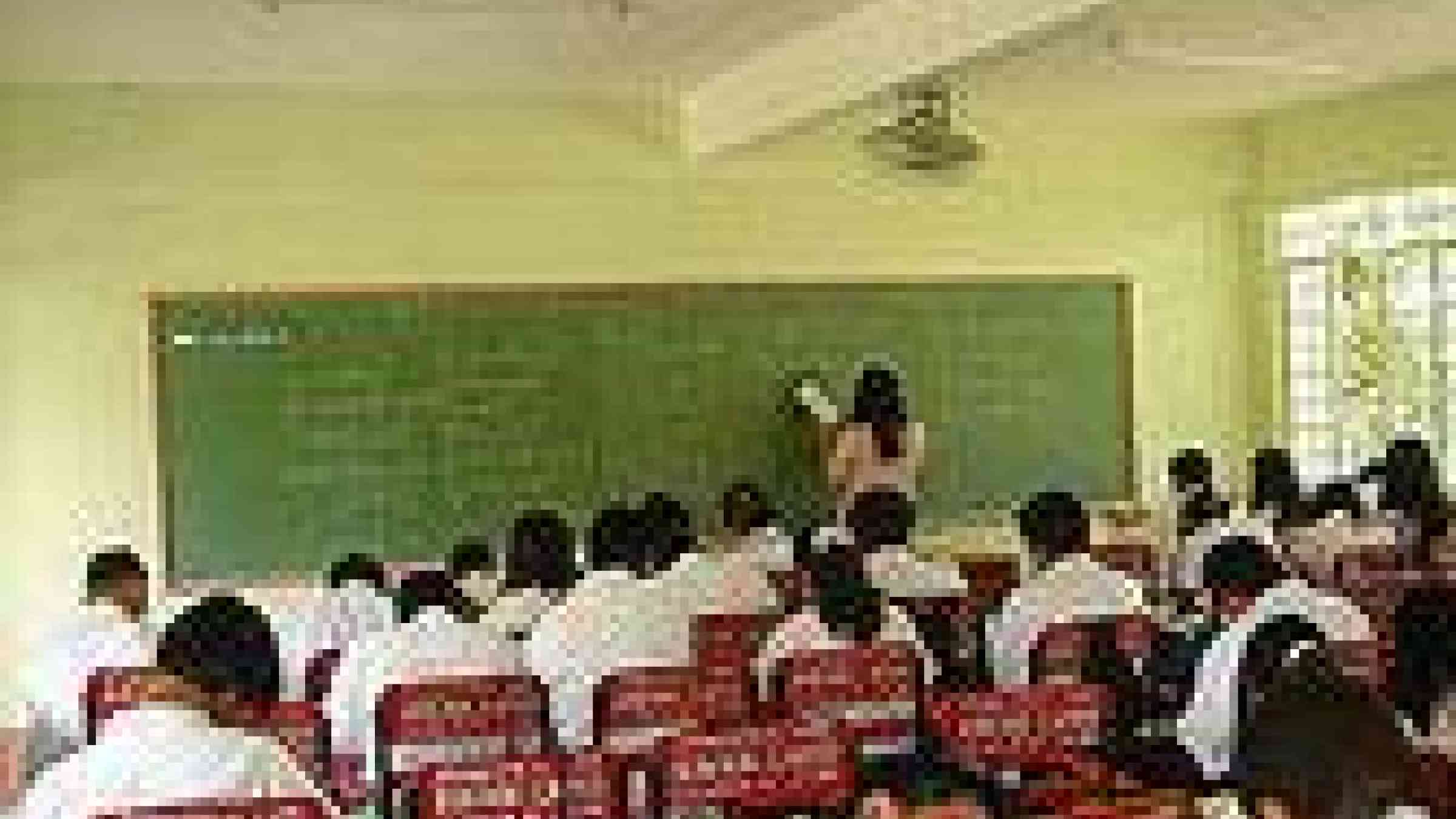Philippines: Disaster education to be integrated in school curriculum

PIA press release by Aurora J. Casimpan
Tacloban City, Leyte – Casualties are a natural consequences brought by typhoons and natural calamities. While calamities and typhoons are unstoppable disaster or casualties can be avoided or reduced.
Recognizing the need for disaster education among school children, the National Disaster Risk Reduction and Management Council (NDRRMC) and the Department of Education (DepEd) have started discussing the incorporation of disaster education in schools as part of its curriculum.
In Eastern Visayas, the provinces of Leyte, Eastern Samar and Southern Leyte are identified as disaster prone provinces in the region with some areas highly susceptible to mud slide and floods. With the onset of classes this year, schools in Leyte province have already started adopting introductory courses and modules in disaster education with Eastern Samar and Southern Leyte expected to follow suit.
Rey Gozon, regional director of the Office of Civil Defense confirmed the inclusion of disaster education in schools even if NDRRMC and DepEd have yet to formally iron out the integration of risk education in the education system.
Director Gozon disclosed that OCD-8 and DepEd -8 has tied up to conduct training and seminars on the possible integration lessons on disaster preparedness in Science and Math subjects.
Under Republic Act 10121 or the Disaster Risk Reduction and Management Act of 2010. DepEd, OCD, Commission on Higher Education (CHED) and other relevant agencies are mandated by law to integrate disaster reduction and management education in the school curriculum. The law also mandates that the program of study be taught in National Service Training Program (NSTP), technical-vocational, indigenous learning and in out-of-school-youth (OSY) courses. (eopt/PIA_8)